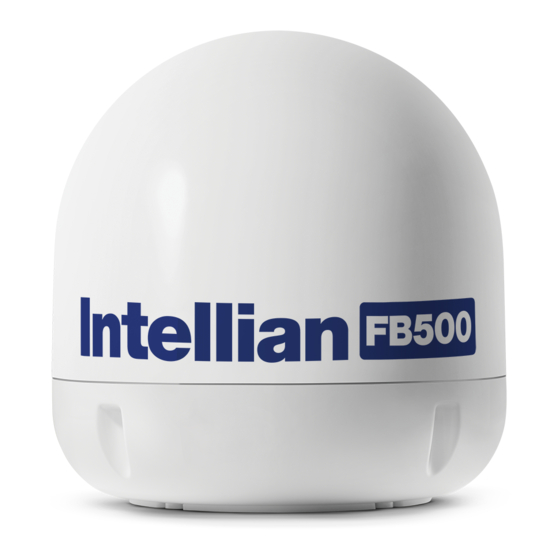Advertisement
Table of Contents
- 1 Table of Contents
- 2 Regulatory Information
- 3 Industry Canada Statement
- 4 Introduction
- 5 Overview of the Fleetbroadband
- 6 Main Units
- 7 Installation
- 8 Connections
- 9 Mounting the Antenna
- 10 Getting Started
- 11 Using the Primary Handset
- 12 Using the Web Console
- 13 Using the Network Management
- 14 Troubleshooting
- 15 Technical Specification
- 16 Warranty
- Download this manual
Advertisement
Table of Contents


















Need help?
Do you have a question about the FB250 and is the answer not in the manual?
Questions and answers